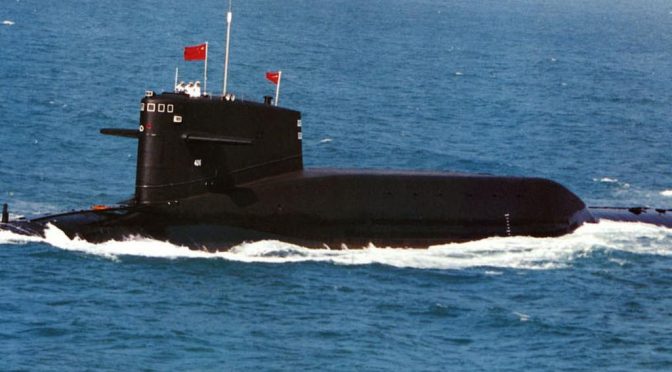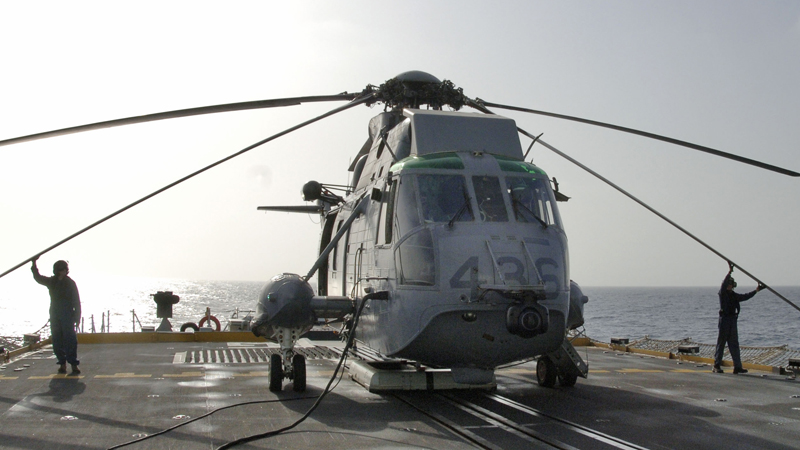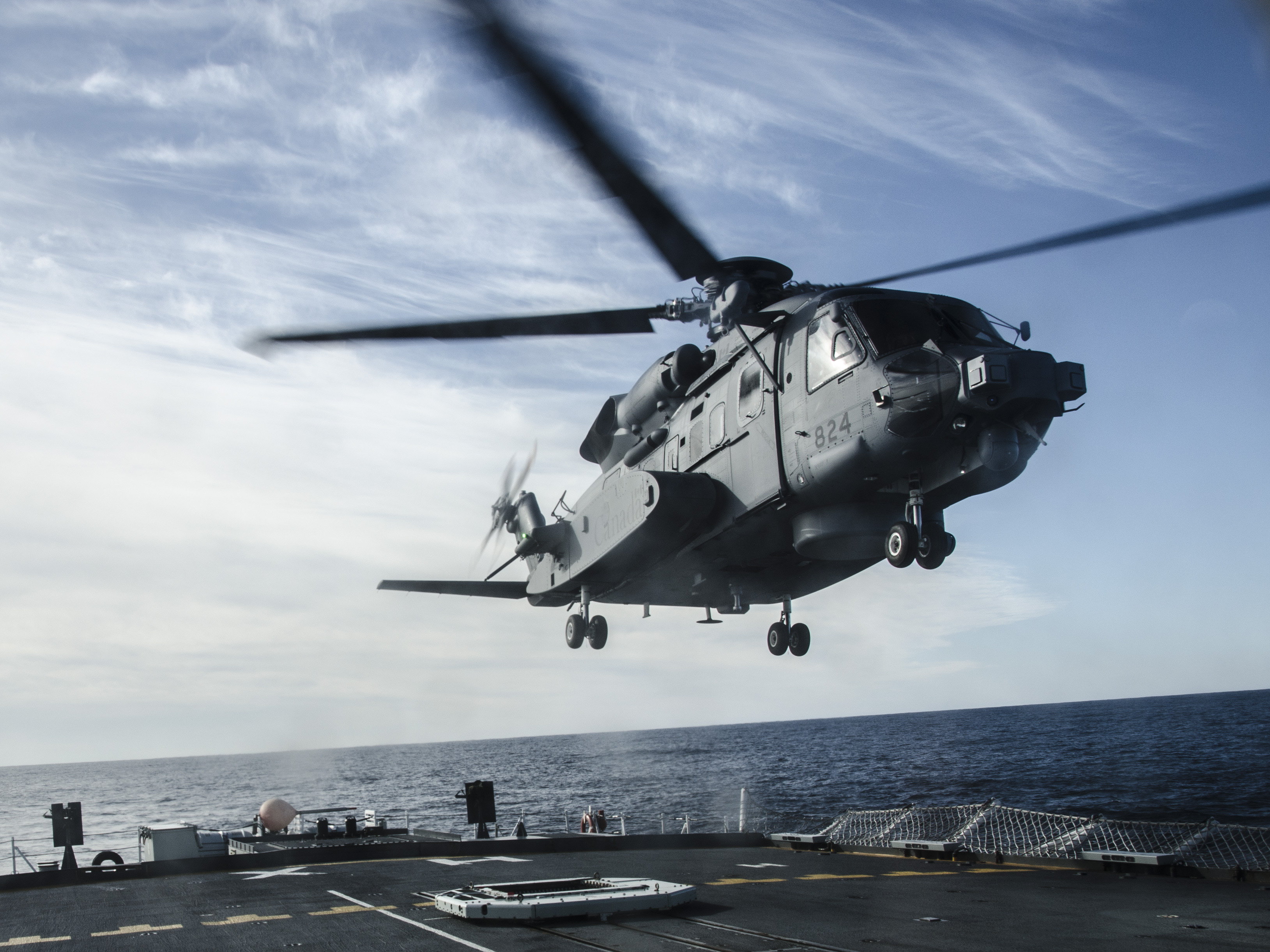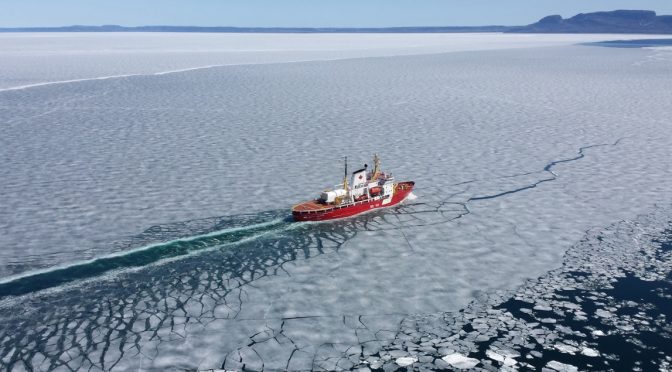By Sam Cohen
Welcome to the August 2016 members’ roundup. Throughout the month of August, CIMSEC members examined several international maritime security issues, including an increasingly contentious undersea environment in the Asia-Pacific, monitoring and enforcing laws relating to maritime crime, the importance of the Littoral Combat Ship (LCS) to the future mine countermeasure capability of the U.S. Navy, the upgrades being made to the Philippine Coast Guard with the assistance from Japan, and finally, Vietnam’s decision to deploy mobile rocket launchers to islands in the South China Sea.
Lauren Dickey, John Schaus, and Andrew Metrick, at War on The Rocks, provide an overview of submarine forces and dynamics shaping undersea competition in the Asia-Pacific. Although Russia’s undersea capabilities in the Atlantic have historically been the primary challenge to U.S. technological primacy in the subsurface domain, the authors explain how Chinese, North Korean .and ten other Asian nations are not only increasing their proportion of active submarines in the Pacific, but are also significantly increasing investment in advanced capabilities. According to the authors, the growth of submarine fleets throughout the region combined with technologies that can limit U.S. operational effectiveness in the domain implies that regional states are hedging against a more competitive future security environment.
John Grady, for U.S. Naval Institute News, discusses the importance of awareness in the maritime domain and on land concerning the enforcement of laws pertaining to fisheries, the environment and crime on the oceans and in coastal waters. He references comments on the issue from fellow CIMSEC members Jerry Hendrix, Scott Cheney-Peters, and Claude Berube, who explain that non-governmental organizations, comprehensive security and monitoring networks, and enforcement practices from ports to blue ocean regions is critical for ending illegal fishing and other criminal activities.
Rick Berger and Mackenzie Eaglen, at War on The Rocks, provide analysis on the aircraft carrier shortage in the U.S. Navy and the implications this is having for U.S. presence in certain hot spot regions. The authors argue that politicians are not working creatively enough to get additional carriers into the fleet quickly, which is a vital first step towards addressing the current carrier presence gap. Their analysis focuses on how Congress and Pentagon civilian leadership jointly and cooperatively changed the process with which the Navy tests, procures and fields aircraft carriers, ultimately resulting in the current shortage. The authors recommend that Congress and the Pentagon should allow the Navy to field CVN-78 Ford by 2019, noting that the risk in pushing back full-ship shock trials to a later date does not outweigh the benefit of solving an immediate problem of too few carriers for too many missions.
Steven Wills, for U.S. Naval Institute News, discusses the need for expanded congressional support for the Littoral Combat Ship (LCS), highlighting the ships potential to become the most advanced platform with an effective and advanced mine warfare capability in the fleet. He explains that the U.S. Navy’s aging Avenger-class mine countermeasure ships are in need of replacement and that the LCS mine warfare mission module represents the most suitable option already within the acquisition system capable of rapidly improving the fleets mine countermeasure capacity. He recommends that Congress support and fund the LCS mine warfare module program as outlined by the Navy in the FY17 budget.
Dave Majumdar, for The National Interest, highlights the U.S. Navy’s decision to prioritize the improvement of its anti-submarine warfare (ASW) capabilities, noting the reemergence of Russian undersea capabilities and the continued growth of the Chinese submarine fleet as the principal reasons for doing so. Referencing an interview with U.S. Navy’s Chief of Naval Operations Admiral John Richardson, he explains that the future fleet’s ASW operations will combine air, sea, and undersea forces, emphasizing the need to ensure that the Navy’s attack submarine (SSN) force remains dominant in the subsurface environment. He also notes that although the Navy currently has about fifty-two attack submarines in its fleet against a requirement for forty-eight boats, the SSN force is set to shrink to forty-one by 2029, implying strategic advantage against adversaries in the North Atlantic and the Pacific is not possible without significant procurement adjustments.
Kyle Mizokami, for Popular Mechanics, reviews the debate centered on the future of the U.S. Navy’s aircraft carrier and the different factors influencing the discussion, including the massive financial investment the U.S. has already put into its next generation of flattops and the increasingly dangerous and real threat anti-access/ area denial strategies will pose to carrier operations in the conflicts of tomorrow. Although U.S. reliance on the aircraft carrier as the country’s primary tool of power projection is a notion that continues to draw contention in security and political circles, he notes that technological advancements in unmanned aerial vehicles, longer-ranged planes, or even altering the size and price tag of the carriers themselves may adapt the platform enough to make them useful for decades to come.
CIMSEC members were active elsewhere during the month of August:
- Sam LaGrone, for U.S. Naval Institute News, provides an overview of the harassment of the guided-missile destroyer USS Nitze (DDG-94) by four Iranian patrol boats in the Persian Gulf. He also discusses components and recent actions by the Iranian Revolutionary Guard Corps Navy, in addition to briefly explaining how they differ from the regular Iranian Naval force. In a second article at USNI News, he discusses India’s decision to purchase three frigates from Moscow originally intended for Russian Navy’s Black Sea Fleet.
- Paul Pryce, for The NATO Association of Canada, discusses the challenges Canada faces with regards to patrolling distant waterways in the Arctic. He explains that the Royal Canadian Navy (RCN) is attempting to modernize and expand their capabilities to address this security issue, emphasizing the role advanced radars and long-range drones will play in reducing the burden of the manned fleet.
- Harry Kazianis, for The National Interest, discusses Vietnam’s recent move in the South China Sea to fortify its islands with mobile rocket launchers capable of striking nearby Chinese islands where runways and military installations are based. He explains that this move is a pushback by Hanoi after overlapping territorial claims with the People’s Republic of China have resulted in heightened tensions.
- Robert Farley, for The Diplomat, provides a unique perspective on military power by analyzing the change in Japanese aircraft carrier superiority in 1942 to their inferiority to U.S. carrier forces by 1944. He notes that military balances can alter quickly and that these lessons should not be ignored when studying future strategic dynamics in the Western Pacific.
- Charles Hill, for his Coast Guard Blog, provides an overview of the recent upgrades to the Philippine Coast Guard and the shipbuilding assistance Manila is receiving from Japan.
- Ankit Panda, for The Diplomat, discusses China’s People’s Liberation Army Navy (PLAN) maritime confrontation drill in the Sea of Japan, which included a drill simulating an engagement between two Chinese naval task forces. He also explains the larger strategic implications such an exercise indicates to regional powers concerning Chinese maritime ambitions.
At CIMSEC we encourage members to continue writing either here on CIMSEC or through other means. You can assist us by emailing your works to dmp@cimsec.org.
Sam Cohen is currently studying Honors Specialization Political Science at Western University in Canada. His interests are in the fields of strategic studies, international law and defense policy.
Featured image: A Chinese nuclear submarine on the ocean surface (credit: AsiaNews)







